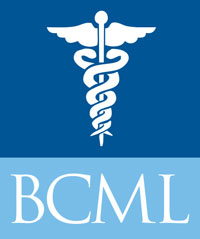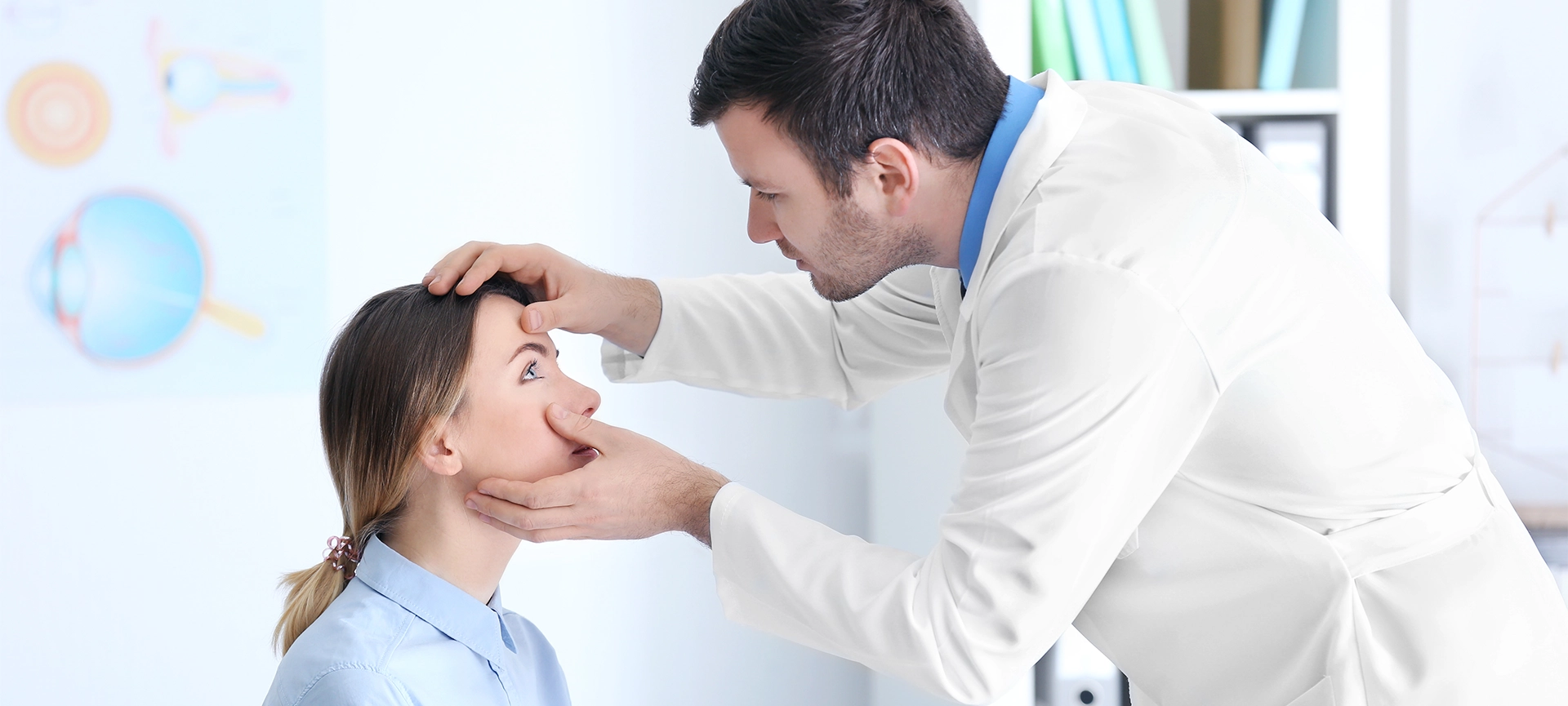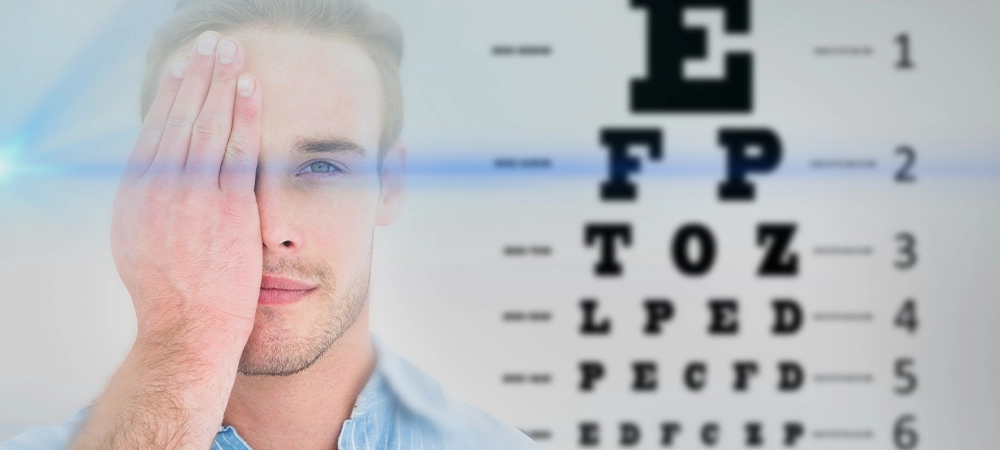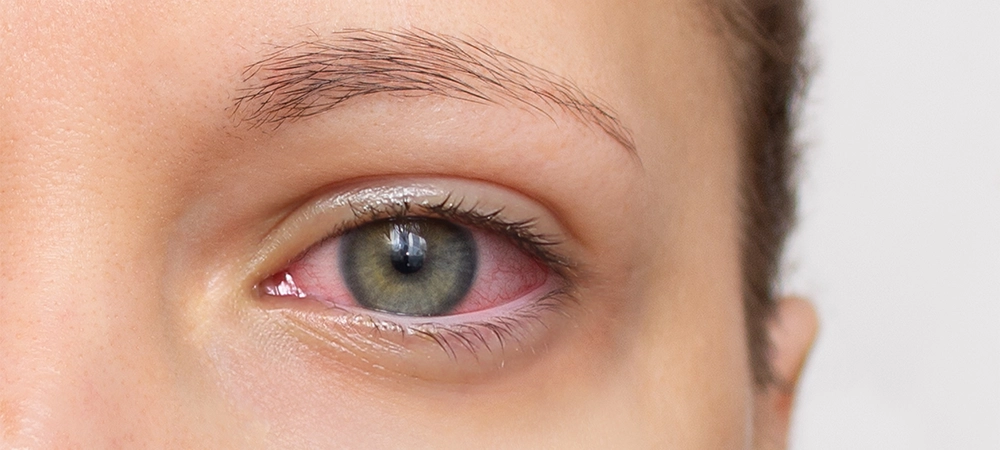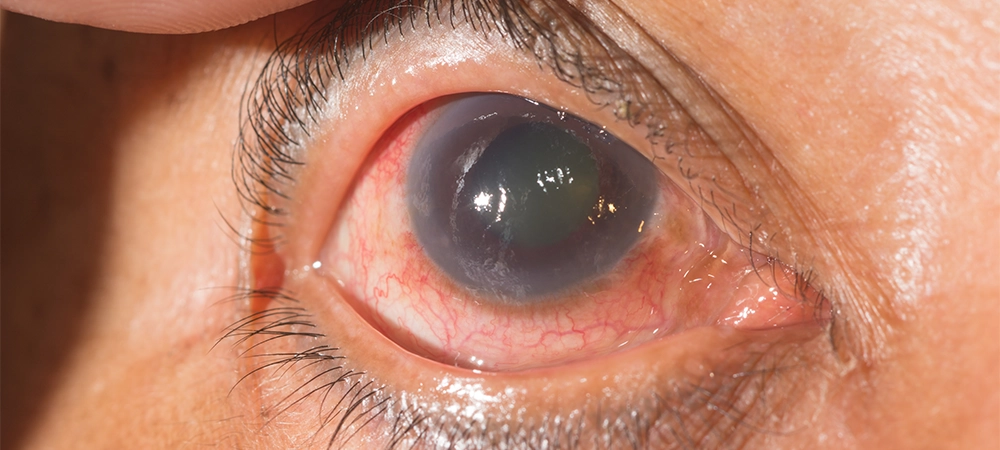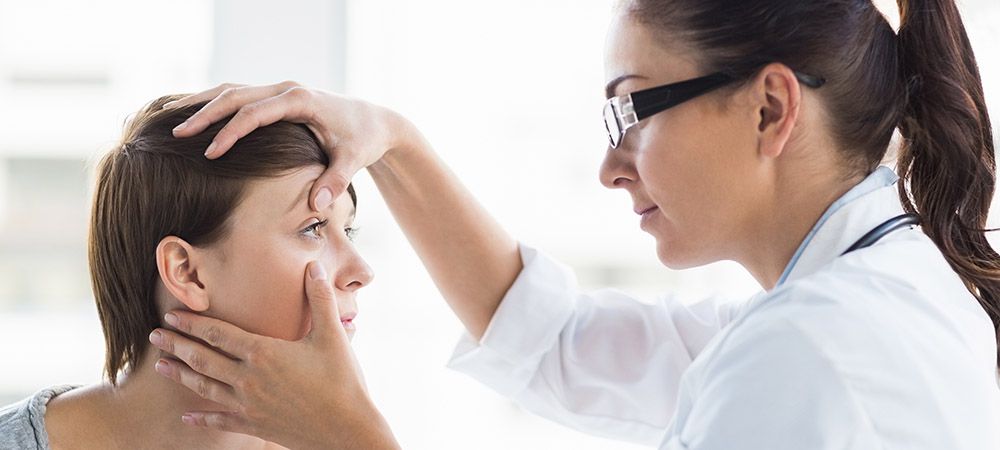Your eyes are constantly at work, from reading and screens to navigating busy streets and reacting to light. But when something doesn’t feel quite right, it’s easy to dismiss the signs or delay getting help.
Our optometry centre here at Lockwood Clinic is a place to check a wide range of eye concerns every day. Some are simple to treat. Others need close monitoring. What they all have in common is this: early detection makes a big difference.
Here are the five most common eye conditions we diagnose, what causes them, and how you can protect your vision for the long haul.
Related Article: The Role of Optometry in Maintaining Healthy Vision: Eye Exams and Vision Care
1. Refractive Errors (Nearsightedness, Farsightedness, Astigmatism)
Refractive errors are the most common reason people need glasses or contact lenses. They happen when the shape of your eye prevents light from focusing directly on the retina.
- Nearsightedness (myopia): You see well up close, but distance is blurry.
- Farsightedness (hyperopia): Distant vision is clear, but reading or close-up tasks are harder.
- Astigmatism: The cornea is shaped more like a football than a sphere, causing blurry or distorted vision at all distances.
Common signs:
- Blurred vision
- Headaches or eye strain
- Difficulty focusing at certain distances
- Squinting
How it’s treated:
- Prescription glasses or contact lenses
- In some cases, laser eye surgery may be an option
At Lockwood Clinic, routine eye exams can detect refractive errors early, even before noticeable symptoms appear, especially important for children and adults who use screens often.
2. Dry Eye Syndrome
Dry eye occurs when your eyes don’t produce enough tears, or the tears evaporate too quickly. It’s becoming increasingly common, especially in people who spend long hours looking at screens.
Common signs:
- Burning or stinging sensation
- Redness or irritation
- Feeling like something is in your eye
- Blurry vision that improves with blinking
- Excessive tearing (as a response to dryness)
What causes it:
- Aging
- Screen time and reduced blinking
- Contact lens use
- Certain medications
- Environmental factors like wind or air conditioning
How it’s treated:
- Artificial tears or prescription eye drops
- Lifestyle adjustments (blinking more often, using a humidifier)
- Omega-3 supplements (under a provider’s guidance)
- In some cases, in-office treatments may be recommended
Dry eye isn’t just uncomfortable; it can affect your quality of life. A simple optometry visit can pinpoint the cause and offer effective relief.
3. Cataracts
Cataracts are a clouding of the eye’s natural lens, most often caused by aging. They develop slowly and can start as early as your 40s, though many people don’t notice symptoms until later in life.
Common signs:
- Blurry or cloudy vision
- Difficulty seeing at night
- Glare or halos around lights
- Faded or yellowed colours
- Frequent prescription changes
Risk factors:
- Age
- Smoking
- Diabetes
- Prolonged UV exposure
- Long-term use of certain medications (like steroids)
How it’s treated:
- Early-stage cataracts may just require updated glasses
- Advanced cataracts are treated with surgery, which is safe and highly effective
At Lockwood Clinic, cataracts are routinely monitored during annual eye exams. If surgery is needed, we’ll guide you through the referral process and aftercare support.
4. Glaucoma
Glaucoma is a group of eye conditions that damage the optic nerve, often due to increased pressure inside the eye. It’s a leading cause of permanent vision loss, but it develops slowly and often without early symptoms.
That’s why it’s sometimes called the “silent thief of sight.”
Common signs (in later stages):
- Peripheral vision loss
- Blurred vision
- Eye pain (in rare acute cases)
- Halos around lights
Risk factors:
- Age 60+
- Family history of glaucoma
- High eye pressure
- Diabetes
- African, Asian, or Hispanic descent
How it’s detected and treated:
- Routine eye pressure checks
- Visual field tests
- Optical coherence tomography (OCT)
Treatment includes:
- Prescription eye drops
- Oral medications
- Laser procedures or surgery (for advanced cases)
Glaucoma damage can’t be reversed, but with early detection, it can be managed to prevent further vision loss. That’s why annual eye exams matter, especially if you’re over 40 or have risk factors.
Related Article: The Benefits of Early Vision Screening for Children: Ensuring a Bright Future with Clear Vision
5. Age-Related Macular Degeneration (AMD)
AMD affects the macula, the central part of your retina responsible for sharp, detailed vision. It’s the leading cause of vision loss in people over 60 in Canada.
There are two types:
- Dry AMD: More common and progresses slowly
- Wet AMD: Less common but more severe and fast-moving
Common signs:
- Blurred central vision
- Straight lines appear wavy
- Trouble reading or recognizing faces
- Dark or empty spots in your central field of vision
Risk factors:
- Age
- Smoking
- Genetics
- High blood pressure or cholesterol
- Light eye colour
How it’s treated:
- No cure, but early detection can slow progression
- Nutritional supplements (AREDS2 formula)
- Lifestyle changes (stop smoking, eat leafy greens)
- Injections or laser therapy (for wet AMD)
At Lockwood Clinic, we use advanced imaging tools to detect even early signs of macular degeneration and help patients protect their remaining vision.
Related Article: Finding a Walk-In Clinic in Toronto: A Guide to Convenient and Affordable Healthcare
When Should You Get an Eye Exam?
Many people wait until they notice a problem, but routine eye exams are the key to catching issues early, when treatment is most effective.
General recommendations:
- Every 1–2 years for healthy adults under 65
- Annually for adults over 65
- Annually or as recommended if you have diabetes, high blood pressure, or a family history of eye disease
- Annually for kids to support learning and development
At Lockwood Clinic, you can walk in or book an appointment for a comprehensive eye exam. Our optometrists work closely with other departments in the clinic to provide coordinated care when needed.
Don’t Wait for Symptoms
Most serious eye conditions develop slowly and painlessly. By the time symptoms appear, damage may already be done.
The best thing you can do for your eyes is simple: get them checked regularly. Whether you wear glasses, have no current concerns, or are managing a chronic condition, we’re here to help.
At Lockwood Clinic, we make eye care accessible, thorough, and personalized. With in-house optometry, diagnostics, and extended hours, we’re ready to support your vision today and long term. Book your visit today and take the first step toward clearer, healthier sight.
